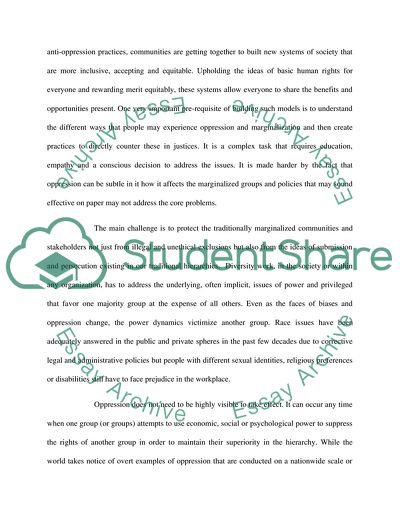Cite this document
(“Human Resources Mock Policy Memo: Inclusive and Anti-oppressive Assignment”, n.d.)
Human Resources Mock Policy Memo: Inclusive and Anti-oppressive Assignment. Retrieved from https://studentshare.org/human-resources/1657331-policy-in-the-human-services-assignment-3
Human Resources Mock Policy Memo: Inclusive and Anti-oppressive Assignment. Retrieved from https://studentshare.org/human-resources/1657331-policy-in-the-human-services-assignment-3
(Human Resources Mock Policy Memo: Inclusive and Anti-Oppressive Assignment)
Human Resources Mock Policy Memo: Inclusive and Anti-Oppressive Assignment. https://studentshare.org/human-resources/1657331-policy-in-the-human-services-assignment-3.
Human Resources Mock Policy Memo: Inclusive and Anti-Oppressive Assignment. https://studentshare.org/human-resources/1657331-policy-in-the-human-services-assignment-3.
“Human Resources Mock Policy Memo: Inclusive and Anti-Oppressive Assignment”, n.d. https://studentshare.org/human-resources/1657331-policy-in-the-human-services-assignment-3.


